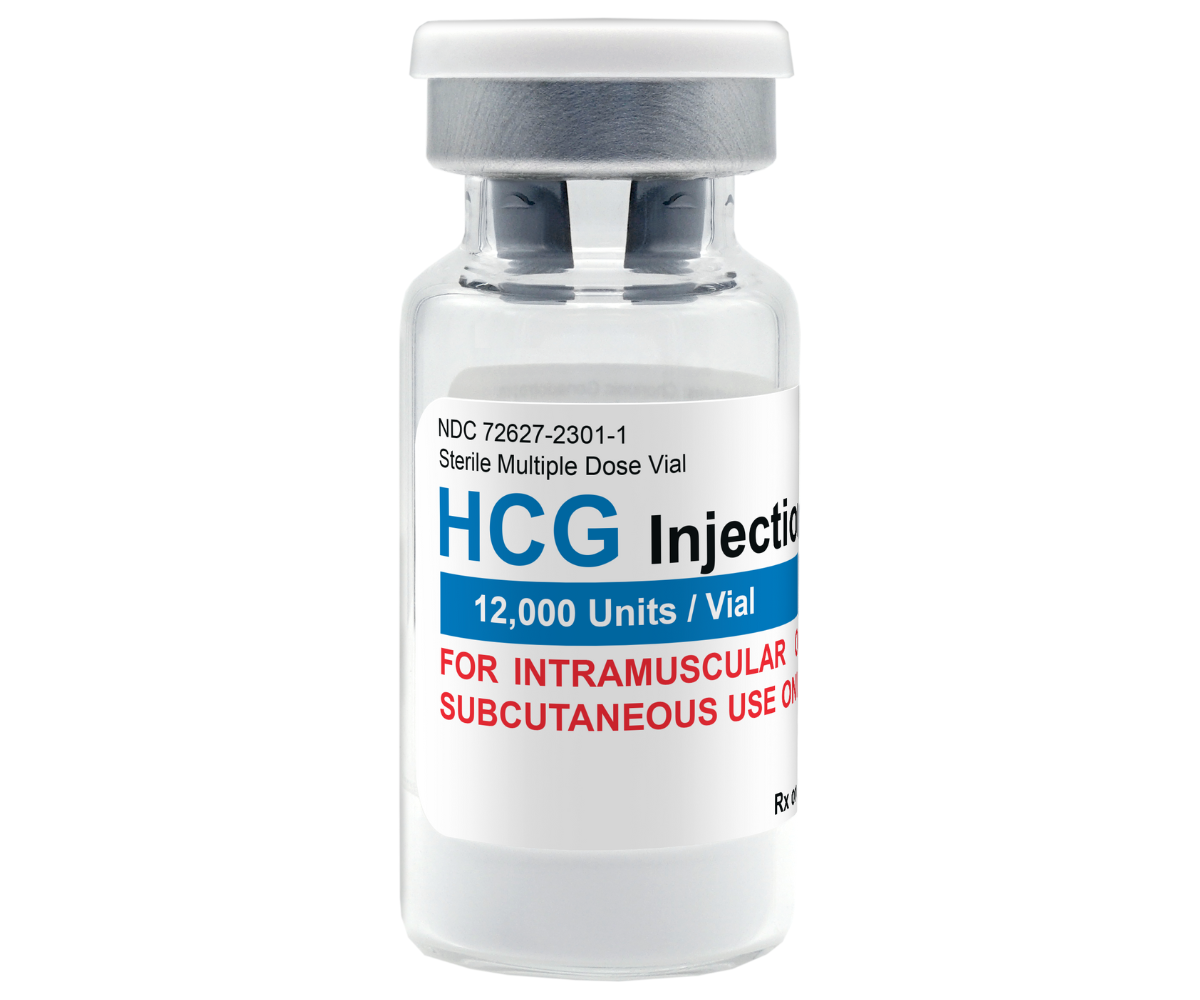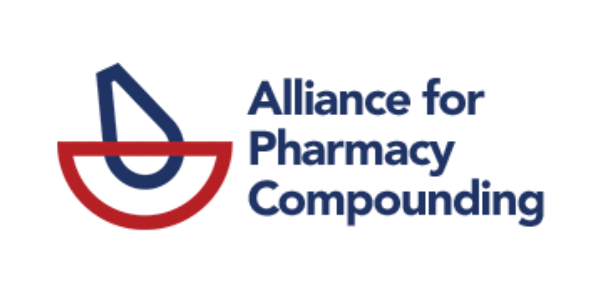
How to Mix HCG (Human Gonadotropin)

HCG is a common support medication in Testosterone therapy.
Human Gonadotropin can also be used as a fertility treatment for men and women.
Injectable HCG typically ships in powder form (lyophilized) and needs to be reconstituted before use.
The liquid used to reconstitute lyophilized HCG is bacteriostatic water, which should come with your order. Bacteriostatic water includes 0.9% Benzyl Alcohol as an antimicrobial preservative.
Read on to learn how to mix and inject your HCG.
Step 1: Wash your hands and gather your materials.
First, you want to thoroughly wash your hands with soap and water for at least 20 seconds.
After that, collect and prep your materials. You’ll need an alcohol wipe, your bacteriostatic water and HCG vials, your reconstitution syringe and needle, and a Sharps container for safe disposal.
If you are planning to inject after reconstituting your HCG, you can also prep a second syringe, needle, and alcohol wipe. (Avoid using the same needle to limit contamination and to avoid a dull needle point).
Step 2: Prep your materials.
Remove the caps from your bacteriostatic water and HCG vial, and use an alcohol wipe to sterilize the top of each vial.
Add the needle to your syringe, careful not to touch the needle with your fingers. Do not let the needle rest on any other surface or come into contact with anything – this can lead to contamination.
If you are planning to inject afterwards, place your second needle on its syringe (avoid touching the tip of the needle while doing so). Also make sure your second alcohol wipe is easily within reach, so you can clean the skin of the injection site prior to injecting.
Step 3: Draw up your bacteriostatic water.
The amount of bacteriostatic water you add depends on the size of your vial. HCG typically comes in a 10,000iu vial, which means you’ll need 10 mL ML/CC (milliliters per cubic centimeter) of bacteriostatic water.
The measurements on your syringe should be in milliliters (ML). Pull air into the syringe up to the required amount (which is typically 10 mL, but check your pharmacy information to be sure).
Hold the bacteriostatic water upside down and pierce the stopper with your needle.
Slowly inject air into the vial. If you feel any pressure, stop, and allow the syringe to adjust. Then begin pressing the plunger again until all the air is out of the vial, and the bacteriostatic water has entered the syringe to the appropriate amount.
As always, avoid letting the needle come into contact with anything – this way you avoid contaminating your HCG vial.
Step 4: Inject bacteriostatic water into lyophilized HGC.
Pierce the stopper of the HCG vial with the needle of your water-filled syringe.
Slowly push the bacteriostatic water into the vial. If you feel pressure, stop, and let it equalize before moving forward. The plunger may push back upwards several times before you are finished.
Do not force the water into the HCG vial; go slowly and carefully.
Step 5: Mix your HCG.
Gently swirl the solution until the powder and the bacteriostatic water have fully combined. Do not shake your medication or aggressively mix it. Once you’re finished, you should no longer see any powder in the HCG vial.
Step 6: Inject your HCG if desired.
If you’re ready to inject your HCG, utilize your second needle, syringe, and alcohol wipe now.
See more detailed instructions for administering subcutaneous injections. HCG injections are typically done subcutaneously, but make sure to follow the guidance of your medical provider and pharmacy.
Step 7: Store your HCG.
After it’s reconstituted, immediately refrigerate your HCG.
Prior to mixing, powdered HCG can be kept at room temperature. But once you add the bacteriostatic water, it should be kept in the fridge.
Reconstituted HCG can typically be used for up to 60-90 days from the date of reconstitution.
If you accidentally leave your HCG out of the fridge, the medication is likely still fine to use, but avoid leaving it out for 72 hours or more.
HCG Dosing Information
Each line on a standard syringe is equal to 10 units of HCG once the medication is mixed. The calculation is as follows:
- 10 units equals 100 IU of HCG
- 25 units equals 250 IU of HCG
- 50 units equals 500 IU of HCG
So, if your provider instructs you to use 100 IU of HCG, you will draw enough medication to fill the syringe to the 10 line on your syringe.
Your provider should work with you to develop an individualized dosing and frequency schedule that works for you.
What is HCG?
Human Chorionic Gonadotropin (HCG) is a hormone that supports fertility, among other functions. In women, HCG is responsible for the development and release of eggs during ovulation. In men, HCG can encourage the creation of sperm.
HCG also mimics the effects of Luteinizing Hormone (LH) in men, which triggers the testes to produce Testosterone. HCG can help protect fertility as well as prevent testicular shrinkage for men who are on a TRT protocol.
What Else Should I Know About HCG?
Human chorionic gonadotropin (HCG) is often administered as an injection.
If you self-administer at home, it’s important to read all provider and pharmacy instructions carefully and make sure you are informed about how to inject HCG.
If you’re a Defy Medical patient, you can email [email protected] for one-on-one support from our Patient Care team if you have any questions or concerns.
HCG Access and Availability
Recently, an FDA ruling went into effect that limited the availability of compounded HCG. This means HCG is only available as a commercial prescription, and patients report that this route often costs more. The industry is also experiencing shortages of commercial HCG as it adjusts to the new rules.
If you need help navigating confusing HCG regulations, Defy Medical is here for you. Our goal is to offer solutions for our patients to prevent testicular atrophy, maintain fertility, treat sexual dysfunction and low T, and more.

Navigating HCG Access with Defy Medical
Defy Medical offers expert care from providers who specialize in Men’s and Women’s Health. Our care team has worked with thousands of patients and helped them pursue happier, healthier lives. We’re ready to do the same for you.
Want to learn more?
Get Started



